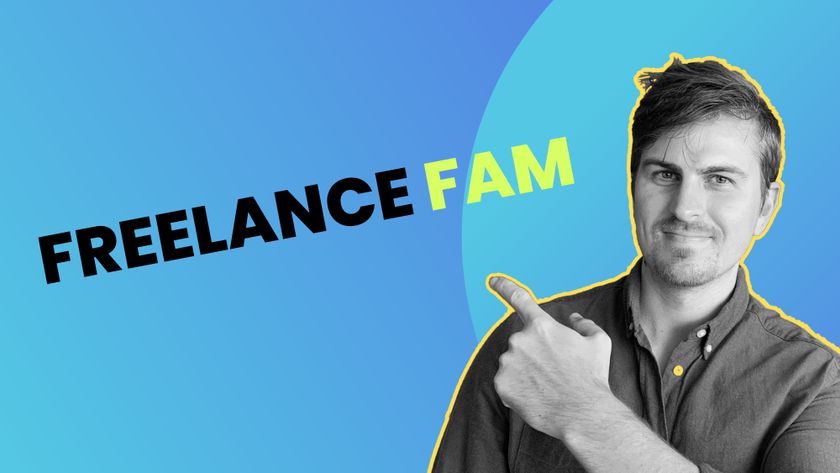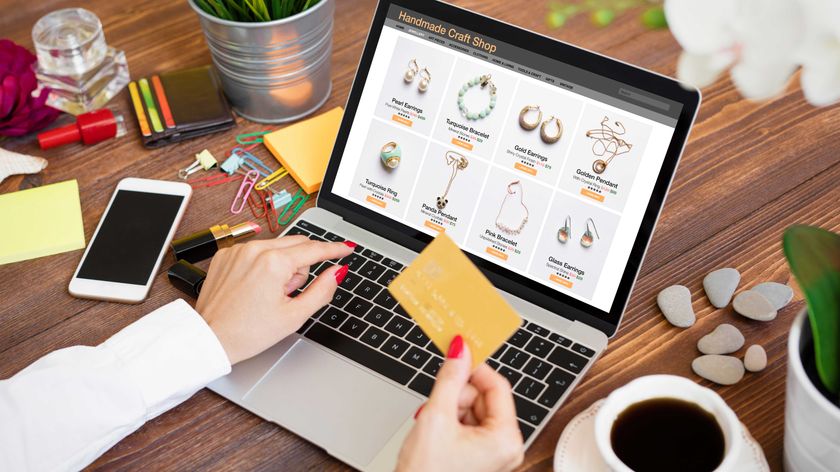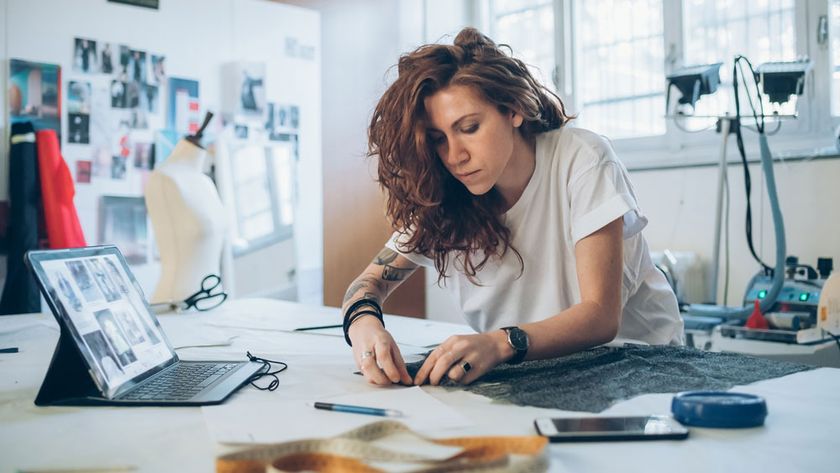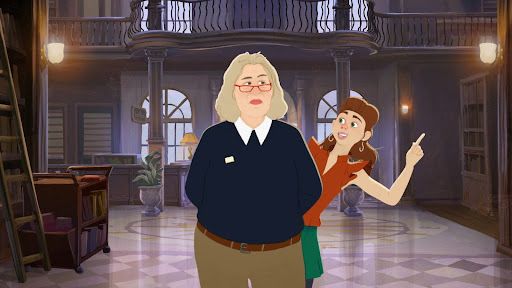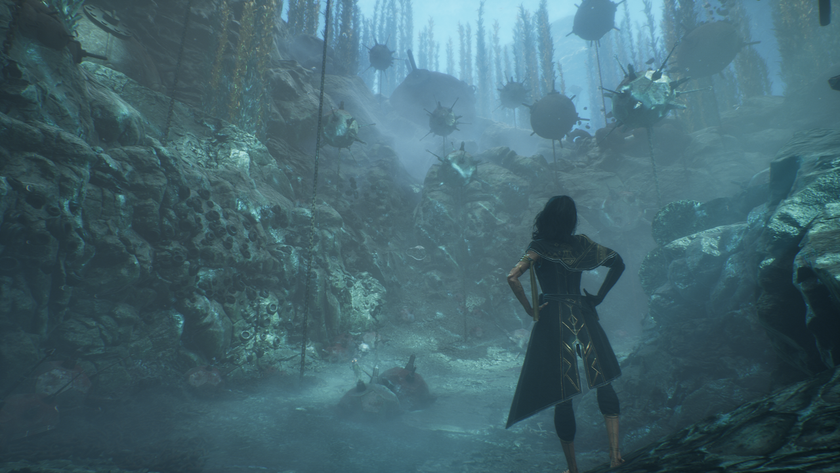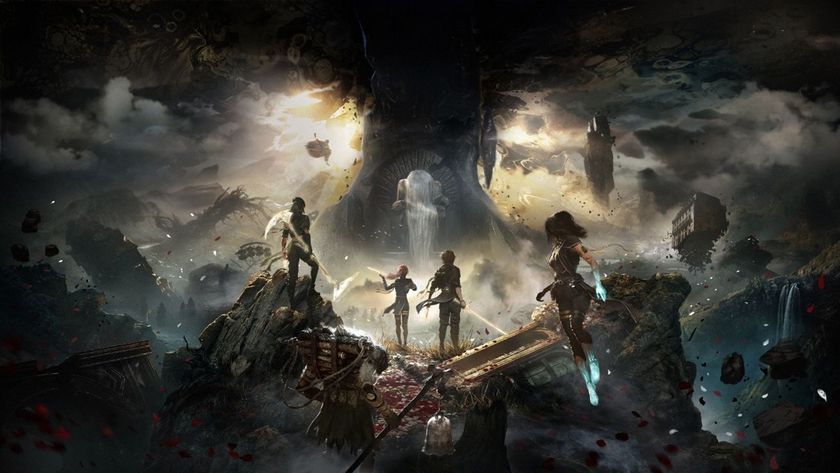Take your freelance career to the next level
How to tackle the three key stages of freelance life and thrive as a freelance designer or illustrator.
Maybe you're craving the flexibility and freedom of being your own boss, or you've just had enough of office politics. Perhaps you're realising you can't progress the way you want to in your current role, despite having all the top tools for graphic designers at your fingertips. Whatever your motivations, the lure of freelancing is a powerful one. This is a job where, it seems, you can choose how, when and where you work – all while getting paid to do something you really love.
Freelancing can indeed offer immense creative and professional satisfaction, but there are plenty of challenges too. From the stress of working from home, juggling multiple projects and knowing you're 100 per cent responsible for them, learning how to network to win new clients to clearing your schedule for work that never materialises, freelancing can be as distressing and infuriating as it can be brilliant.
Here, we explain the three main stages of your freelance career, from seeking your first commission through to working on exhibitions, agency commissions and more. To take the stress out of freelancing, we navigate some common pitfalls and challenges, with plenty of tips to help you improve your freelance career right away.
Read on for level one: getting started – or skip straight to level two: build your freelance career, or level three: become a freelance star
Level one: Get started as a freelancer
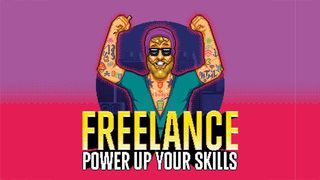
Make the decision to go freelance and you'll probably feel excited, daunted and more than a little bit terrified. That's totally normal, confirms designer and illustrator MJ Jackson, who freelances under the name I Am Cheapskate.
As a freelancer, you're likely to become very familiar with that sense of nagging worry, like when you find yourself fretting that turning down one commission means you'll never work again (we promise it doesn't).
Jackson now regrets saying yes to absolutely everything that came his way during the onset of his career. "I wish I had been able to worry less about turning work down, rather than accepting everything on offer," he reflects.
Get the Creative Bloq Newsletter
Daily design news, reviews, how-tos and more, as picked by the editors.
"I took some jobs that I perhaps didn't fancy and therefore didn't enjoy, which just isn't conducive to producing your best work. Now I know exactly what my skills are, my interests and areas of expertise. It's okay to have your own rules about how and where you work and what types of clients you want to work for."
Learn to sell your skills
Art director and designer Pol Solsona started freelancing alongside his day job while working in advertising in Helsinki. "I started off with some small projects, so I was doing them at nights and weekends," says Solsona, who is now planning a move to New York City.
His advice for finding great opportunities on your own? "Freelancing is not just about having good ideas and good skills. The most important thing is how you sell yourself and talk to clients."
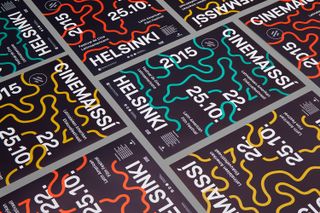
Becoming a freelancer doesn't have to mean opting out of studio life entirely. "There are two basic categories of freelance work for graphic designers," explains Jackson. "You can be a gun-for-hire in a studio, or you can be a one-man/woman band at home." The former option may be lucrative, he says, "as you can get cosy if contracts are extended for months at a time."
Going it alone from home, on the other hand, offers far more in the way of freedom and versatility. "It can be more fun, although getting paid is often a struggle." Jackson suggests trying to mix it up if possible. "Do a few stints in studios to line the coffers and buy yourself some breathing room – and then build up your own clients in the meantime."
Admin counts as work
Like it or not, being freelance means you're running a business, so it's a good idea to treat it as such right from the start. That includes getting to grips with the joys of paperwork, as well as making yourself known to the tax man.
"There are two important things to remember," says Jackson. "Firstly, doing admin is work. Don't be afraid to put aside time to keep on top of it, and don't feel guilty that you seemingly aren't working when you're doing it."
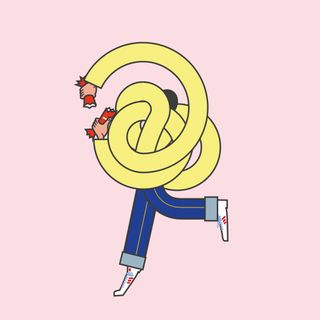
It can be tempting to leave any paperwork to pile up on your desk, but this isn't wise. "Don't go thinking it will look after itself," Jackson warns. "It won't. Either learn to make a simple spreadsheet or ask someone who can. It's essential to have a clear record of expenses and invoices with due dates.
"And the best tip I can give anyone is: don't be afraid to invoice. Get your invoice in the moment you finish a project. If you're dealing with clients directly, rather than through a commissioning studio, make sure you have written terms and conditions. I bought mine from RIBA and adjusted them to suit, but there are plenty of online resources."
For more options, try the Association of Illustrators (AOI) and American Institute of Graphic Arts (AIGA).
Next page: Level two: build your freelance career

Thank you for reading 5 articles this month* Join now for unlimited access
Enjoy your first month for just £1 / $1 / €1
*Read 5 free articles per month without a subscription

Join now for unlimited access
Try first month for just £1 / $1 / €1
Current page: Level one: get started as a freelancer
Next Page Level two: build your freelance career
